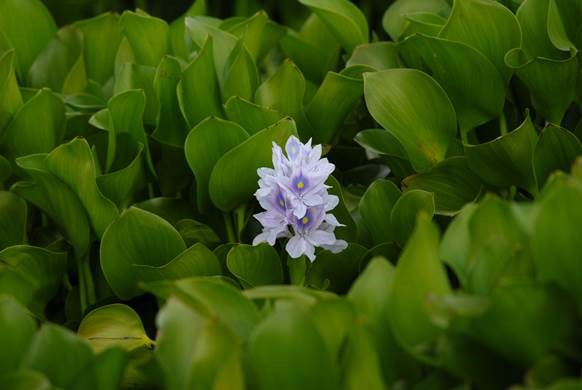“Bold steps” needed to improve management of invasive pines
“Bold steps” are needed to improve the management of specifically invasive pines in protected areas of the Cape Floral Region (CFR), researchers from several of South Africa’s major environmental organisations warn.





